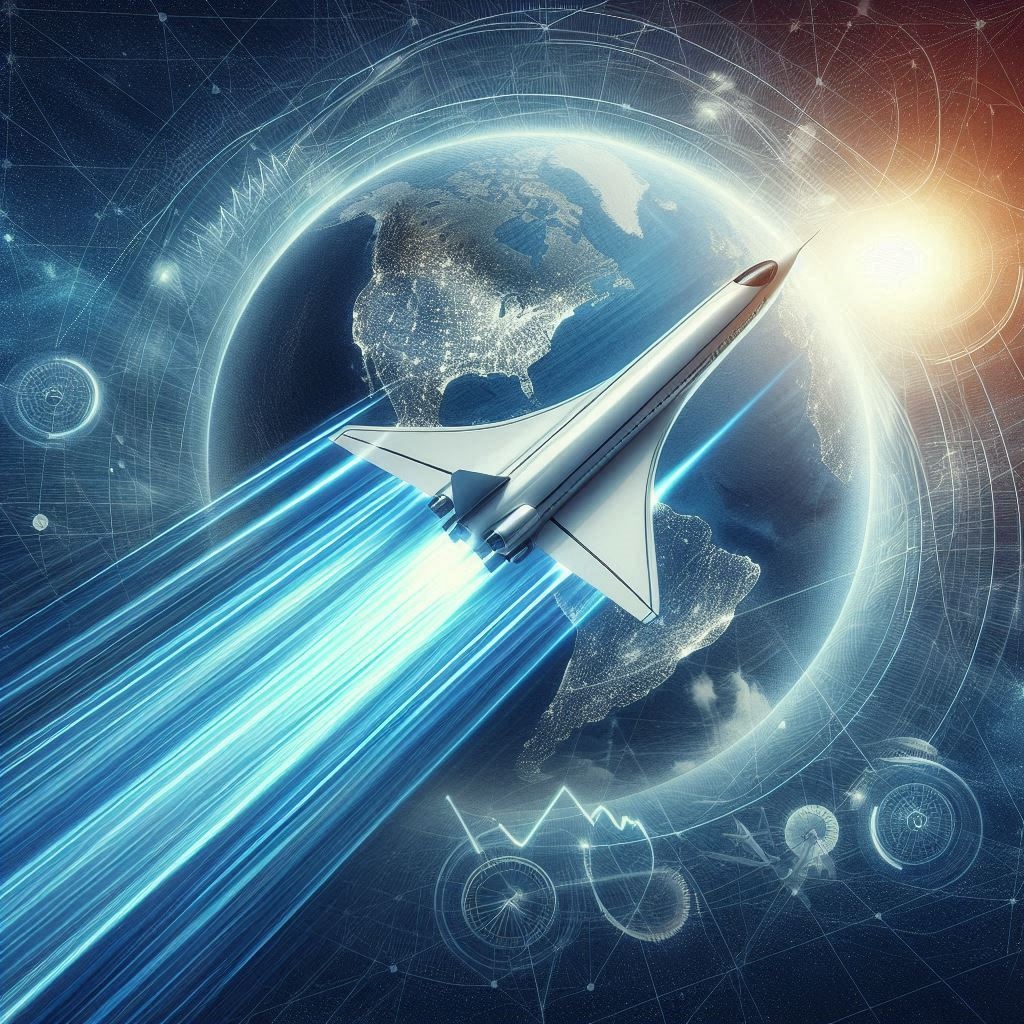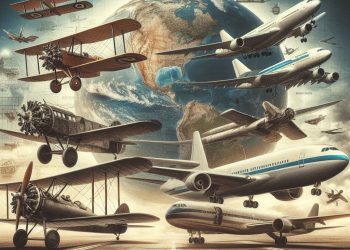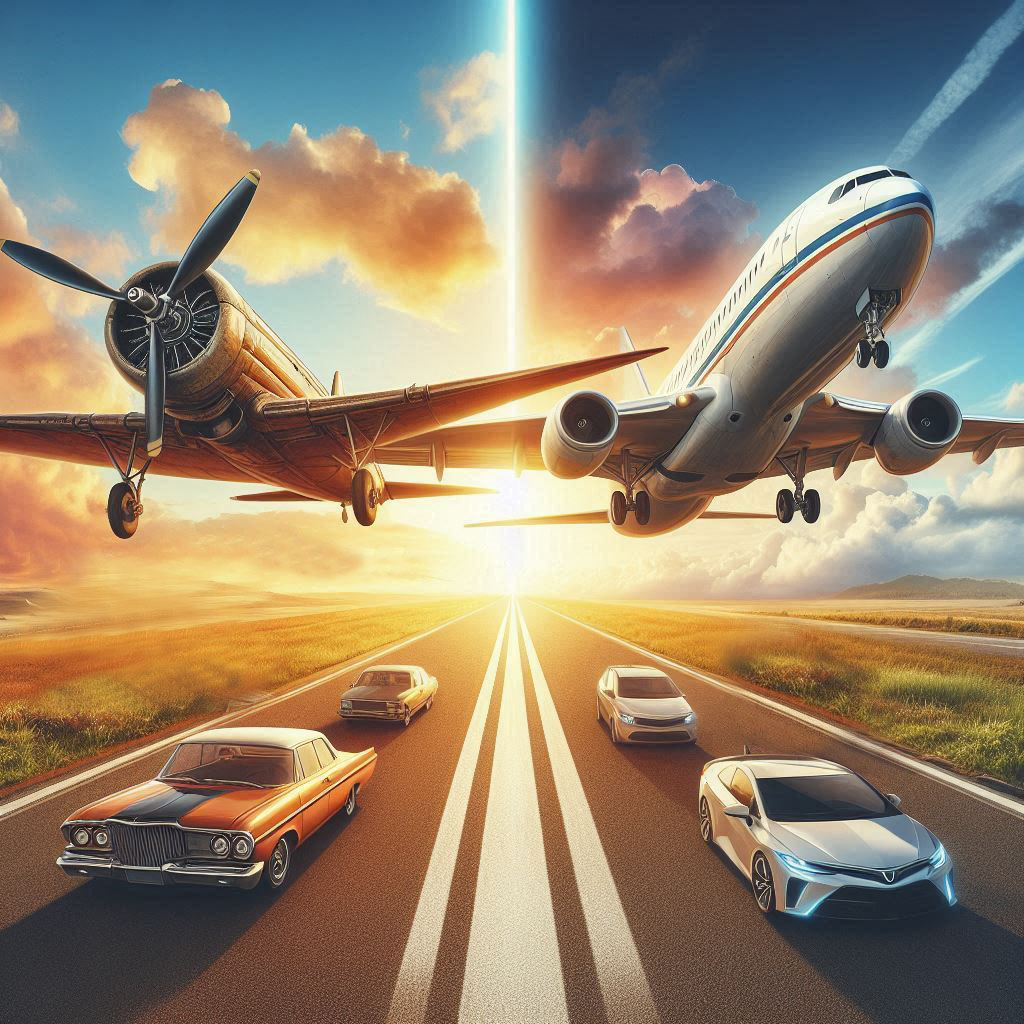The History of Supersonic Travel Concorde and Beyond
Introduction
Supersonic travel has long captivated the imagination of engineers, travelers, and aviation enthusiasts alike. Breaking the sound barrier and reducing travel times between continents promised a new era of high-speed connectivity. While the Concorde remains the most iconic supersonic airliner, other projects have contributed to this fascinating chapter in aviation history. This article explores the history of supersonic travel, the rise and fall of Concorde, and what the future holds for faster-than-sound commercial aviation.
The Birth of Supersonic Flight
The journey to supersonic travel began in 1947 when the Bell X-1, piloted by Chuck Yeager, became the first aircraft to break the sound barrier. This milestone paved the way for the development of supersonic military jets and, eventually, commercial airliners.
Throughout the 1950s and 1960s, aviation engineers explored the possibility of passenger aircraft capable of supersonic speeds. Governments and aerospace companies in the U.S., the Soviet Union, and Europe competed to develop the first operational supersonic airliner.
The Rise of Concorde
The most successful attempt at supersonic passenger travel was Concorde, a joint project between Britain and France. Developed by Aérospatiale and the British Aircraft Corporation (BAC), Concorde made its first flight in 1969 and entered commercial service in 1976.
Key Features of Concorde:
- Speed: Mach 2.04 (twice the speed of sound)
- Range: Approximately 3,900 miles
- Passenger Capacity: Around 100 passengers
- Flight Time: Cut transatlantic flights in half (London to New York in ~3.5 hours)
- Innovations: Delta wing design, afterburning engines, and a sophisticated heat-resistant airframe
Concorde was primarily used by British Airways and Air France, offering an unmatched experience of luxury and speed. Despite its technical brilliance, the aircraft faced economic and operational challenges that ultimately led to its retirement.
The Fall of Concorde
Several factors contributed to the decline of Concorde:
- High Operating Costs – The aircraft consumed large amounts of fuel, making ticket prices extremely expensive.
- Noise and Environmental Concerns – The sonic boom restricted Concorde’s operations to select routes, limiting its profitability.
- Limited Market Demand – The premium pricing made it accessible only to elite travelers.
- 2000 Air France Flight 4590 Crash – A tragic accident led to a decline in public confidence.
- Aging Technology – By the early 2000s, Concorde’s technology had become outdated compared to modern aircraft.
In 2003, British Airways and Air France officially retired Concorde, marking the end of commercial supersonic travel.
Supersonic Travel Beyond Concorde
Despite Concorde’s retirement, interest in supersonic travel never disappeared. In recent years, several companies and organizations have been working on next-generation supersonic aircraft.
Key Players in the Future of Supersonic Travel:
- Boom Supersonic: Developing the Overture, a Mach 1.7 passenger jet aimed at reintroducing supersonic flight.
- NASA & Lockheed Martin: Working on the X-59 QueSST, a low-boom supersonic aircraft to mitigate noise issues.
- Aerion Supersonic: Previously pursued the AS2 business jet, though the company ceased operations in 2021.
- Spike Aerospace: Developing the S-512 Supersonic Jet, focused on luxury and efficiency.
These new designs aim to overcome the limitations of Concorde by incorporating modern materials, fuel efficiency, and quieter sonic boom technology.
Challenges and the Future of Supersonic Flight
While technology is advancing, several hurdles must be overcome before supersonic travel becomes mainstream again:
- Regulatory Approvals – Governments must approve supersonic flights over land, addressing sonic boom concerns.
- Economic Feasibility – High costs must be managed to make tickets affordable for a wider audience.
- Environmental Impact – Sustainable aviation fuels and carbon-neutral technology will be crucial.
- Infrastructure and Market Demand – Airlines and airports must invest in accommodating supersonic aircraft.
Conclusion
Supersonic travel, once a reality with Concorde, is on the verge of making a comeback. Advances in technology, materials, and aerodynamics are bringing us closer to a new era of high-speed air travel. While challenges remain, the dream of supersonic passenger flights is far from over. With innovative designs and a focus on sustainability, the next generation of supersonic airliners may soon redefine the way we travel across the globe.






